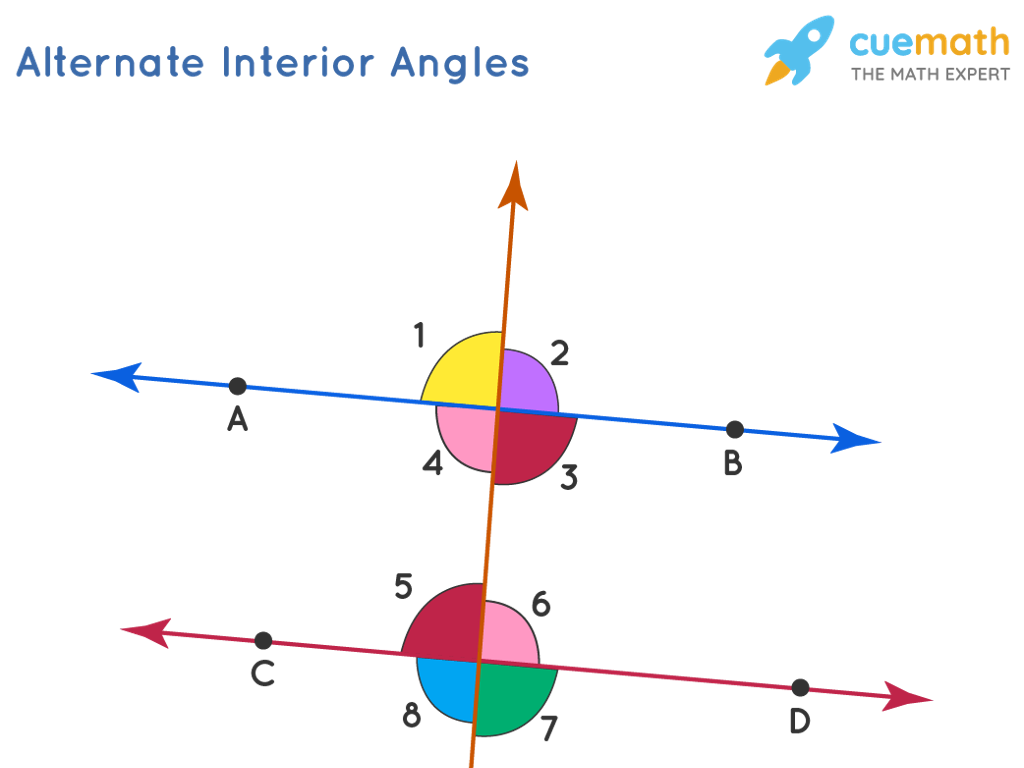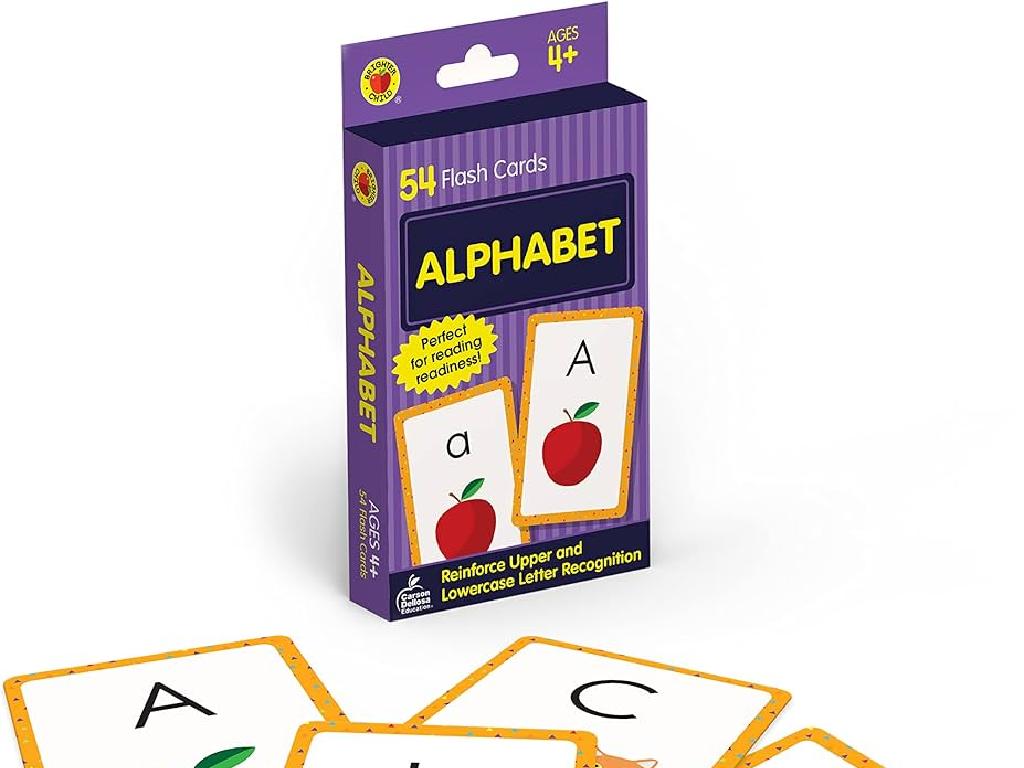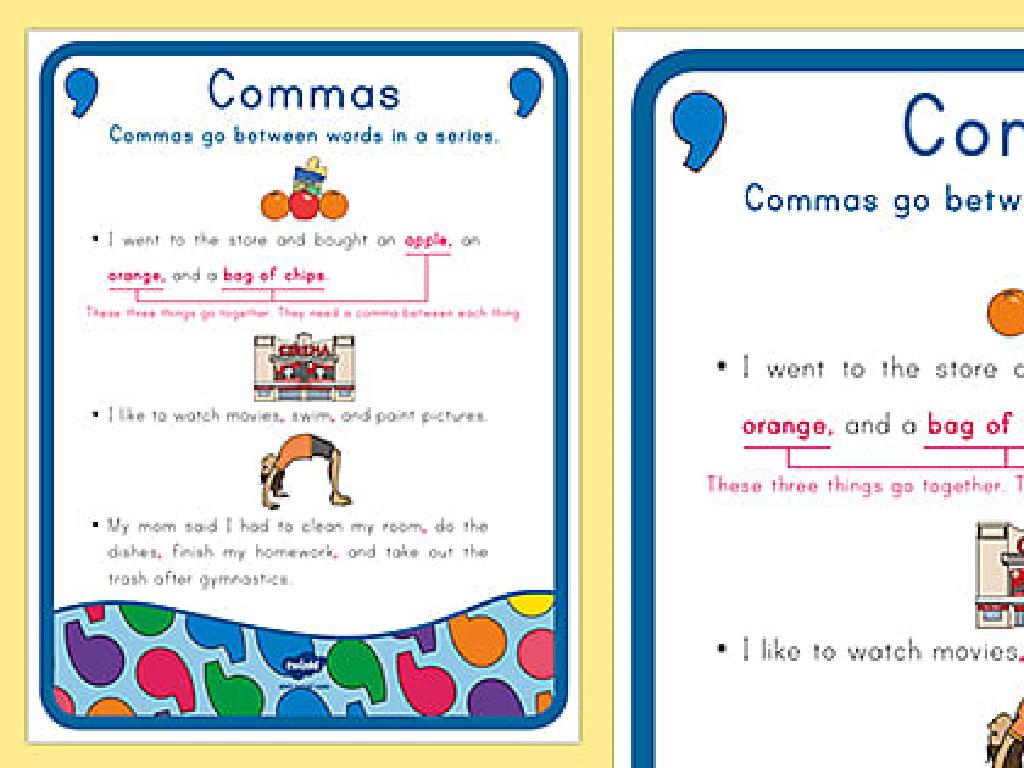Identify All Of The Possible Antecedents
Subject: Language arts
Grade: Seventh grade
Topic: Pronouns And Antecedents
Please LOG IN to download the presentation. Access is available to registered users only.
View More Content
Pronouns and Antecedents Mastery
– Linking pronouns to antecedents
– Antecedents are the nouns pronouns refer to
– Importance of correct matching
– Ensures clarity in writing and speech
– Today’s goal: Identify antecedents
– We’ll learn to find every noun a pronoun could refer to
– Practice with examples
– Use sentences from a story to find antecedents
|
This slide introduces the concept of pronouns and their antecedents, emphasizing the importance of correctly matching them to avoid confusion in communication. The goal for today’s lesson is to help students identify all possible antecedents for given pronouns in various sentences. Provide clear definitions and examples to illustrate the link between pronouns and their antecedents. Engage the class with practice exercises where they identify antecedents in sample sentences or from a story they are familiar with. Encourage students to explain their reasoning for each match to reinforce their understanding.
Understanding Pronouns and Antecedents
– Define a pronoun
– A word used instead of a noun
– Examples: he, she, it, they
– ‘He’ for Tom, ‘she’ for Emma, ‘it’ for a book
– Pronouns replace nouns
– Avoids repetition, making sentences smoother
– Antecedents: words pronouns refer to
– ‘Tom lost his wallet. He is upset.’ – ‘He’ refers to Tom
|
This slide introduces the concept of pronouns and their function in sentences. Pronouns are words that substitute for nouns, allowing us to avoid repetitive language and make our speech and writing more fluid. Examples of pronouns include ‘he,’ ‘she,’ ‘it,’ and ‘they.’ It’s crucial for students to understand that every pronoun has an antecedent, which is the noun that the pronoun is replacing. For instance, in the sentence ‘Lisa found her keys,’ the pronoun ‘her’ refers to the antecedent ‘Lisa.’ Encourage students to identify pronouns in sentences and determine their antecedents for a clearer understanding of how they are used in context.
Understanding Antecedents in Sentences
– Define an antecedent
– An antecedent is the noun a pronoun refers to
– Antecedents vs. pronouns
– Pronouns stand in for antecedents to avoid repetition
– Sentence antecedent examples
– ‘Lisa found her book’ – ‘Lisa’ is the antecedent of ‘her’
– Practice identifying antecedents
|
This slide introduces the concept of antecedents, which are essential for understanding pronoun usage in English grammar. An antecedent is the word that a pronoun replaces or refers to in a sentence, preventing repetitive language. For example, in the sentence ‘The dog barked until he lost his voice,’ ‘the dog’ is the antecedent of ‘he.’ It’s important for students to recognize antecedents to use pronouns correctly. In class, practice with sentences where students identify the antecedents and corresponding pronouns. This foundational knowledge will help them in constructing clear and coherent sentences.
Matching Pronouns and Antecedents
– Rules for pronoun-antecedent agreement
– A pronoun must match its antecedent in number, gender, and person.
– Singular vs. plural antecedents
– Singular antecedents take ‘he’, ‘she’, ‘it’, plural use ‘they’.
– Gender-specific pronoun use
– Use ‘he’ or ‘she’ for gender-specific antecedents, ‘they’ if gender is unknown.
– Practice with examples
|
This slide introduces the concept of pronouns and their antecedents, focusing on the rules that ensure they match correctly in grammar. Emphasize the importance of agreement in number, gender, and person between the pronoun and its antecedent. Provide examples to illustrate the difference between singular and plural antecedents, and how pronouns should be chosen accordingly. Discuss gender-specific pronouns and the use of singular ‘they’ for gender-neutral references. Encourage students to practice by identifying pronouns and their antecedents in sentences and ensuring proper agreement. Prepare exercises with sentences that require students to choose the correct pronouns for given antecedents.
Identifying Antecedents in Sentences
– Finding an antecedent in sentences
– An antecedent is the noun a pronoun refers to.
– Clues from sentence structure
– Look for the noun before the pronoun that matches in number and gender.
– Practice with sample sentences
– Identify the noun that the pronoun is replacing in the examples.
|
This slide is aimed at teaching students how to identify antecedents for pronouns within sentences. An antecedent is the word that a pronoun refers to, and it usually appears before the pronoun in the sentence. When looking for antecedents, students should pay attention to the sentence structure, particularly the noun that comes before the pronoun and agrees with it in number and gender. The practice activity involves analyzing sample sentences and identifying the correct antecedent for given pronouns. This exercise will help students understand the relationship between pronouns and their antecedents, which is crucial for clear and coherent writing. Encourage students to explain their reasoning for each choice to ensure comprehension.
Tricky Pronoun-Antecedent Scenarios
– Sentences with multiple antecedents
– When two or more nouns precede a pronoun, e.g., ‘The cat and the dog chased their tails.’
– Determining the correct antecedent
– Use context and logic to decide which noun the pronoun refers to.
– Avoiding pronoun-antecedent ambiguity
– Rewrite sentences to clear confusion, e.g., ‘The cat chased its tail and the dog chased its tail.’
– Practice with examples
|
This slide addresses the complexity of pronoun-antecedent relationships, especially when sentences contain more than one noun that could be the antecedent for a pronoun. Students should learn to use context clues and logic to determine the correct antecedent and avoid ambiguous references. Emphasize the importance of clear writing to prevent misunderstandings. Provide practice sentences for students to identify and correct ambiguous pronoun-antecedent relationships. Encourage them to rewrite sentences for clarity, and discuss as a class how different rewrites can change the meaning of a sentence.
Class Activity: Antecedent Detective
– Pair up for ‘Antecedent Detective’
– Match pronouns to antecedents
– Find the noun that the pronoun is replacing in the sentence
– Discuss findings with the class
– Explain the reasoning behind matches
– Share how you determined each pronoun’s antecedent
|
This activity is designed to reinforce the concept of pronouns and their antecedents. By working in pairs, students will have the opportunity to collaborate and discuss their thoughts as they complete the ‘Antecedent Detective’ worksheet. The worksheet should contain sentences with multiple pronouns and potential antecedents to challenge students to think critically about the correct matches. After completing the worksheet, facilitate a class discussion where pairs share their findings and explain the reasoning behind their choices. This will help students learn from each other and clarify any misconceptions. Encourage students to articulate why a particular noun is the antecedent of a given pronoun, focusing on the importance of context and noun-pronoun agreement.
Wrapping Up: Pronouns and Antecedents
– Recap: Pronouns and antecedents
– Clear pronoun-antecedent relationships
– Ensures clarity and avoids confusion in writing
– Homework: Craft 5 sentences
– Use pronouns correctly in your own sentences
– Underline each antecedent
– Identify and highlight the antecedents for clarity
|
As we conclude today’s lesson, it’s important to review the key concepts of pronouns and their antecedents to reinforce student understanding. Emphasize the significance of maintaining clear pronoun-antecedent relationships to avoid ambiguity in writing. For homework, students are tasked with writing five original sentences that include pronouns, and they must underline the antecedents to demonstrate their grasp of the concept. This exercise will help solidify their learning and prepare them for more advanced writing tasks. Encourage creativity in sentence construction and remind students that antecedents must be clear and specific to ensure the pronouns’ references are understandable.






